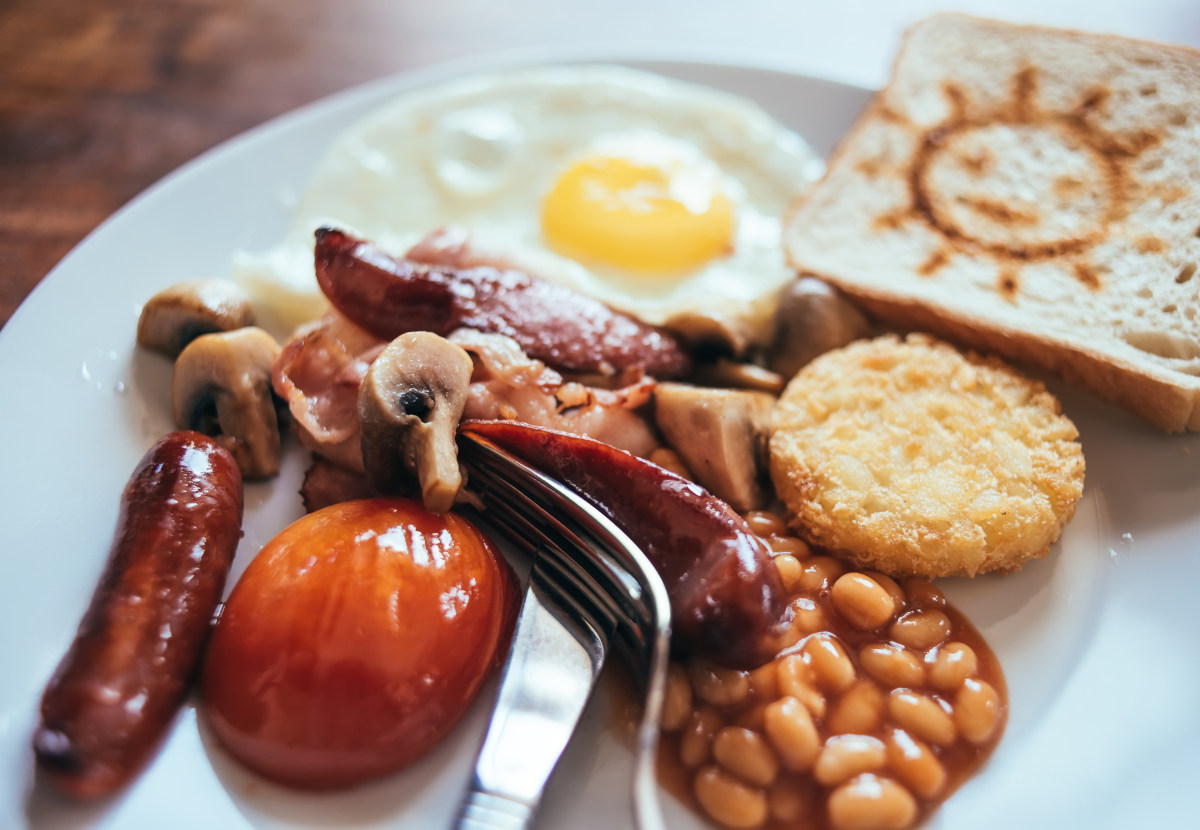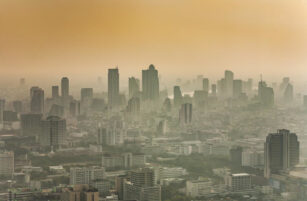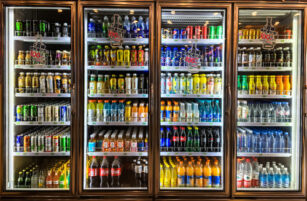Opinion Focus
- According to the WTO, one third of the world’s food exports today cross international borders at least twice.
- Global food trade is hugely integrated, which plays a significant role in preventing hunger in resource-poor countries.
- Protectionism jeopardizes access to our favourite food items in almost all countries of the world.
In one single bar of chocolate, the cocoa could come from Cote d’Ivoire or Ghana, while the sugar is from Brazil or Thailand and the milk from India or the US.
These massively intertwined food systems are now facing challenges in the form of protectionist measures and increasingly regional trade. Not only could this lead to a reduction in choice in developed countries, but in the worst-case scenario will create crisis in the developing world.
“Food needs the ability to move from excess supply to deficit locations,” Doaa Abdel-Motaal, Senior Counsellor, Agriculture and Commodities Division at the WTO told the audience at the FT’s Transformational Business Conference last week. “We think of agricultural trade in food as a luxury, but many countries would face starvation without it.”
Czapp takes a look at some of our favourite national dishes from around the world to understand where the ingredients really come from, and the consequences of increased protectionism on our identities.
Germany
In Germany, one of the most well-known delicacies is pretzels and mustard. Although the dish originated in the south of Germany, the country now relies heavily on imports to produce them. Of the roughly 3.9 million tonnes of milk consumed in the country every year, about 70% is imported. Denmark provides about 20% of Germany’s milk.

Note: All data comes from FAOSTAT and UN Comtrade, figures do not include export, re-export
Similarly, the Czech Republic accounts for about 23% of Germany’s wheat and Russia provides about half of the mustard seeds consumed.
China
China has spent many years developing its agricultural might given that it needs to feed over 1.4 billion people.
Thanks to its extremely diverse climates, China is able to produce almost anything. But one item that China still relies on other countries for is soybeans.
China uses huge quantities of soybeans given that one of the staples in the Chinese diet is tofu. Not only this, but China requires high-protein soybeans to feed its huge livestock population. Relying on imports helps China conserve critical land for more valuable crops.
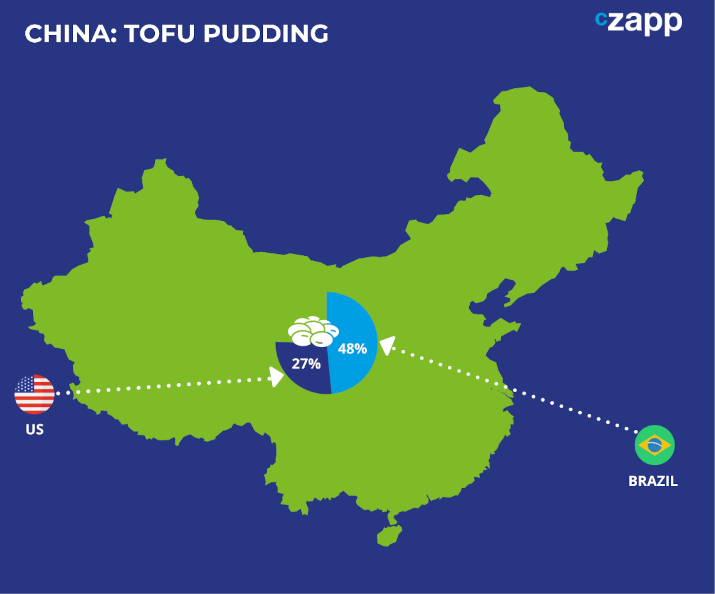
Note: All data comes from FAOSTAT and UN Comtrade, figures do not include export, re-export
Brazil accounts for about half of the soybeans China consumes, while the US provides about 25%. Recent trade disputes, such as the ones seen during former president Donald Trump’s term, meant Chinese soybean supply was left vulnerable and Brazil was able to reap the rewards.
Mexico
Tacos are inherently Mexican, and many of the ingredients required are native to the Latin American country. Corn – derived from a wild grass called teosinte originated in what is now Mexico – was brought further north by Native Americans and as a result the US is now the biggest corn producing country in the world.
US corn became so cheap in Mexico after the NAFTA free trade agreement was implemented in 1994 that Mexican corn cultivation shrunk substantially, leaving Mexico dependent on US imports. In Mexico, huge amounts of corn are consumed – about 43 million tonnes per year – and the US supplies about 40% of that.

Note: All data comes from FAOSTAT and UN Comtrade, figures do not include export, re-export
Another key ingredient in tacos is pork. From tacos al pastor (tacos of the shepherd) served with a slice of pineapple, to tacos de carnitas (little meat tacos), pork is a common filling. However, without imports, demand for pork would not be satisfied by domestic production.
Mexico produces about 1.5 million tonnes of pork, according to the USDA, and consumes about 2.3 million tonnes. Just over 1 million tonnes are imported, primarily from the US.
Belgium
While there is heated debate over whether French fries are French or Belgian, there is no debate that a huge number of potatoes are consumed by Belgians. On average, 75kg of fried potatoes per person per year are eaten in Belgium and fries are undoubtedly a pillar of Belgium’s cultural heritage.
Belgium is a huge potato producer, with an output of about 2.9 million tonnes. Still, the Western European nation imports over 1 million tonnes of potatoes each year, despite domestic production being more than enough to satisfy domestic demand of about 1 million tonnes.
The huge potato quantities can be attributed to Belgium’s huge potato processing industry, with about 86% turned into crisps, frozen fries, starch and other products, many of which are then exported.
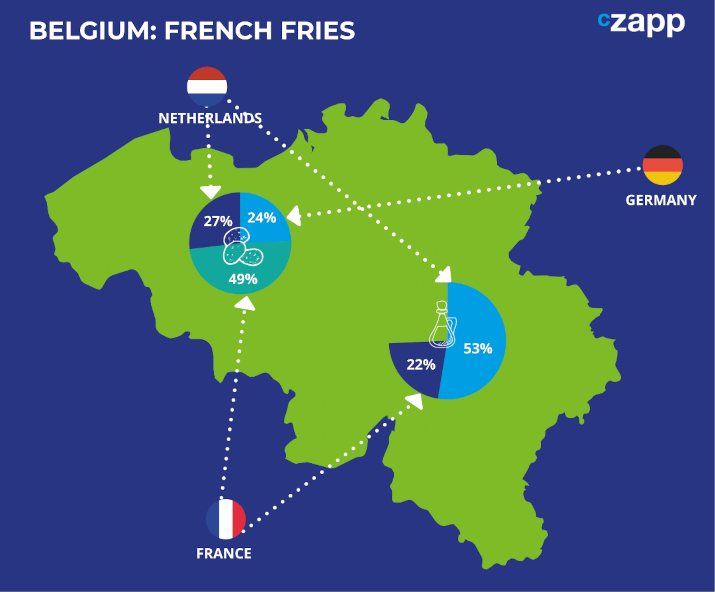
The other key ingredient in any good fry is cooking oil. Belgium’s domestic vegetable oil production is around 1 million tonnes. The rest of its consumption is made up of imports, mainly from the Netherlands and France.
UK
While most supply chains on the European continent tend to be relatively regionalised, one UK favourite has to be sourced from a little further afield. Tea ideally grows in a warm, humid climate with high rainfall, but contrary to popular belief, the UK’s main tea supplier is not India but Kenya.
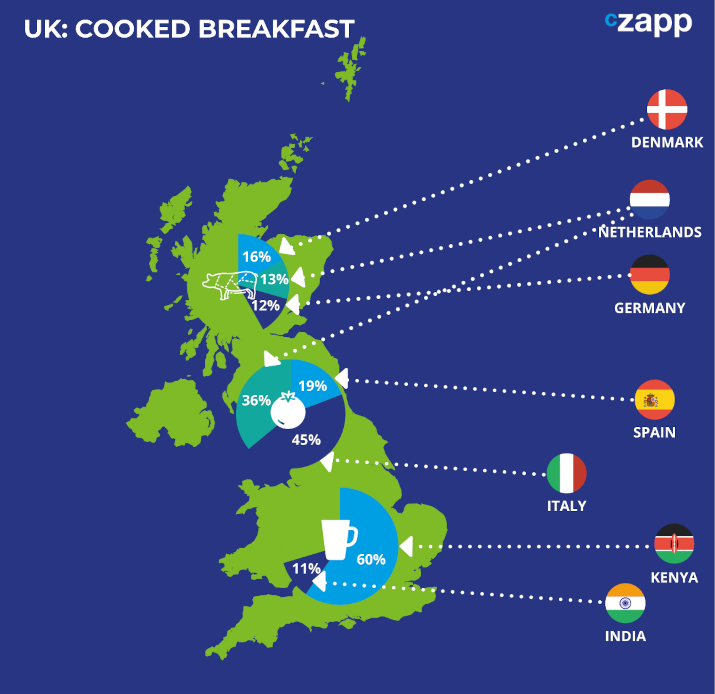
The UK has a strong dairy and poultry industry, meaning the eggs and milk in the traditional cooked breakfast are mainly supplied domestically. However, other components like the bacon and sausages tend to come from a little further afield. Denmark, the Netherlands and Germany combined account for about 40% of the UK’s pork supply.
Singapore
Singapore tends to attract a lot of attention due to its food supply issues. As a small island nation, Singapore’s agriculture industry is hugely constrained, meaning it has to source the majority of its food products elsewhere. However, Singapore’s procurement chain is well diversified meaning its dependence is not concentrated on any one country.

The ingredients for Singapore’s popular chicken and rice dish come mainly from the southeast Asia region, although Brazil is also a major chicken supplier.
Saudi Arabia
Another chicken and rice dish, this time from the Middle East, is kabsa, a traditional dish from Saudi Arabia. Given that the country is 95% desert, the conditions are not ideal for agriculture. However, Saudi’s oil riches mean it is able to create favourable trade partnerships to secure food supply.

Note: All data comes from FAOSTAT and UN Comtrade, figures do not include export, re-export
Of the 1.8 million tonnes of rice consumed in Saudi Arabia, about half is supplied by India. Brazil supplies almost 30% of the chicken eaten in the Middle Eastern country. Like Singapore, Saudi Arabia’s procurement chain is relatively diversified, lowering risk derived from protectionism.
Brazil
Brazil is a common denominator in most food supply chains as a major global food exporter, second only to the US. Thanks to its varied climate, huge land mass and low energy costs Brazil is able to export almost 165 million tonnes of food products.
But the situation in Brazil demonstrates the significant linkages between the agri-food and the energy and fertiliser sectors. Some of the main ingredients in Brazil’s traditional dish feijoada are black beans, tomatoes, cabbage and carrots. Although Brazil is relatively self-sufficient in these products thanks to a strong agriculture sector, it does rely heavily on fertiliser imports.
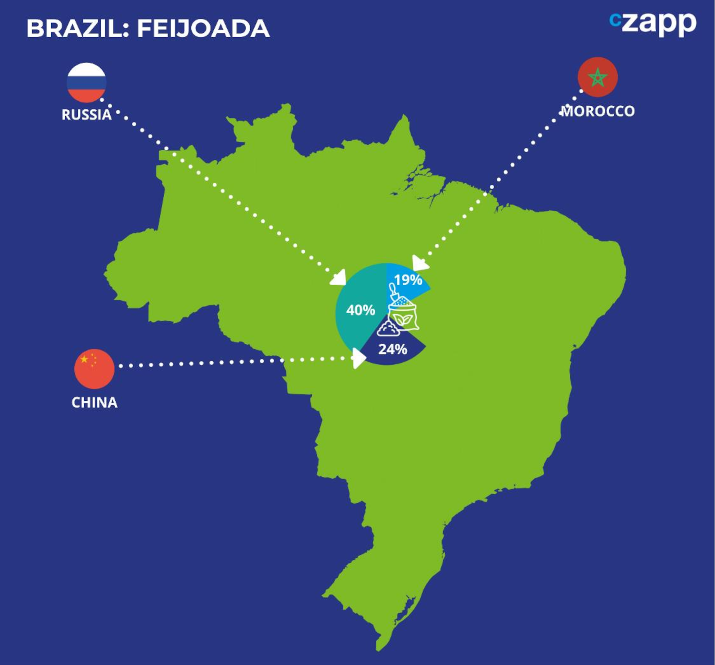
Note: All data comes from FAOSTAT and UN Comtrade, figures do not include export, re-export
Fertilisers, seeds and energy are all commodities that are vital for food production but do not necessarily exist in the same countries where food production takes place. This means that even countries with huge agricultural strength are left vulnerable without a globalised market for trade.
Not only this, but nutritional value is much more important than quantity. “If we just look at calories, we have enough food to feed everyone,” says Maximo Torero, the FAO’s chief economist. “But we need good calories.”
